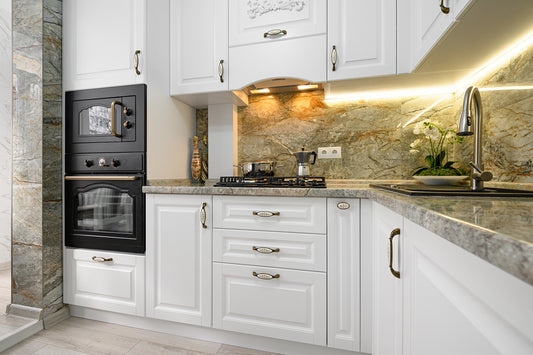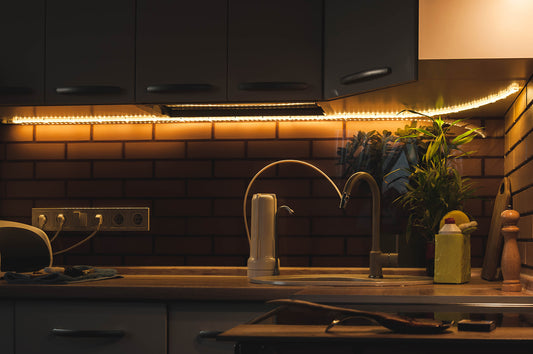What are Some Best Practices for Working with LEDs?
LEDs are one of the most versatile and common light sources in use today. They have a variety of applications, from small desk lamps to large stadium lighting displays. LEDs can be used for many different purposes because they have a long lifespan compared to other types of lights, low energy consumption, and high brightness which makes them an efficient option in both residential and commercial settings. However, there are some best practices that should be followed when working with LEDs in order to avoid any potential problems down the road.
LEDs emit a variety of different wavelengths of light
These are infrared, ultraviolet, visible light and near-infrared radiation. In certain applications, such as medical or police forensics, this is beneficial because it allows for specific wavelengths to be used which can greatly improve visibility. It is important to note that some LEDs emit more than one wavelength of light, so using the wrong frequency could lead to inaccurate results.
LEDs are very efficient when it comes to energy consumption
This also means they generate heat during operation. All electronic components generate heat when in use, but this is especially true for LEDs because of the high levels of brightness. The light that is emitted by an LED can be either broad-spectrum or narrow-band depending on the requirements of the application. High-brightness sources such as white LEDs usually have a very low luminous efficacy due to their spectral composition. In these cases, heat sinks are often used to dissipate the heat generated by high voltage and current drawn from a power source.
LEDs have very long lifespans
When compared with other types of lighting technology, it is important to be aware of certain conditions which can greatly reduce their useful lifespan. One of the most common problems that occurs is the degradation of the phosphor coating which emits visible light. Due to changes in temperature or humidity, this can lead to issues such as color shift or the delamination of the phosphor coating. Other forms of LED degradation are related to electrical stress on the semiconductor junction. These issues are often caused by improper cooling methods, but can also occur in cases where the LEDs are being operated in an environment with excessive vibration or high shock.
Use the HALLOWEEN2021 discount code to get 20% off and join Halloween festivities with better lighting!




